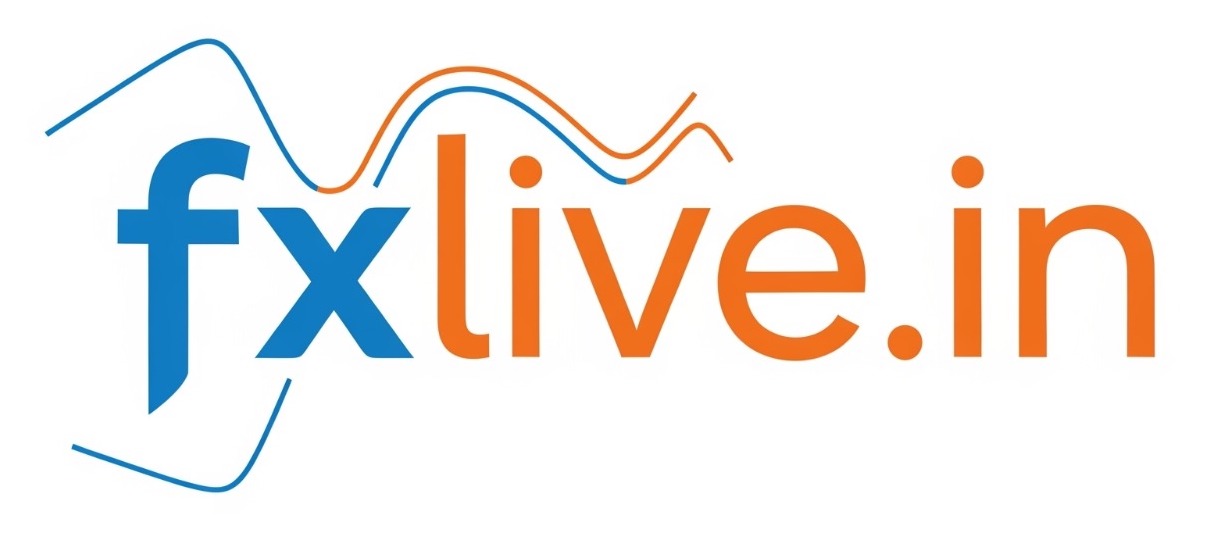Jai Siya Ram
What’s Announced
- $100,000 Annual Fee
- President Trump has issued a proclamation that will require a $100,000 annual fee for companies applying for (or renewing) H-1B visa petitions for foreign workers.
- This fee applies for each year that the H-1B visa is in force.
- Why This Change
- The administration says the move is intended to curb abuse of the H-1B program, where companies allegedly use it to hire cheaper foreign labor, sometimes replacing or suppressing wages of U.S. workers.
- Also aims to limit H-1B use to those with more “rareified skill sets,” presumably higher wages or very specialized roles.
- Implemented by Proclamation / Executive Order
- It’s done by presidential proclamation (i.e. executive action by Trump) rather than new legislation.
- Also includes a “Restriction on Entry of Certain Nonimmigrant Workers” directive: H-1B petitions for workers outside the U.S. must include the $100,000 fee.
- Other Linked Measures
- Along with the fee, the administration is raising wage / prevailing wage requirements and prioritizing higher-paid or higher-skilled applicants.
- There are also “case-by-case exemptions” allowed, if deemed to be in the national interest.
Who Is Affected
- Employers / companies sponsoring H-1B workers: They will need to pay the new fee for each such worker, each year. This particularly impacts tech firms, corporations that hire large numbers of foreign skilled labor.
- Foreign skilled workers (especially those from India, China, etc.): Their ability to be sponsored may become more limited; costs will be passed on in some way.
- Smaller firms / startups are likely more impacted due to cost burden. Big tech may absorb but may also raise wages or shift hiring strategies.
Effects & Implications
- Dramatic Cost Increase
- Current fees for H-1B are in the hundreds / low thousands (registration fees, petition fees, etc.). A jump to $100,000/year is massive and would make many existing practices economically unviable.
- Potential Reduction in Use of H-1B
- Companies may hire fewer H-1B workers, or only those whose roles justify the cost. Lower-level or borderline cases may be dropped.
- Pressure on U.S. Tech / Innovation
- Critics argue that this could discourage foreign talent, hamper innovation, and lead companies to move operations abroad. The U.S. competitiveness in STEM fields could suffer.
- Legal / Constitutional Questions
- Whether the executive has the authority to impose such fees. Some legal analysts say this might be challenged in court because Congress defines the scope of visa laws.
- Effect on Global Talent Mobility
- Many foreign-nationals may reconsider working in the U.S., or delay/avoid H-1B sponsorship due to high cost. India, as a major source country for H-1B workers, is especially impacted.
What Is Still Unclear or TBD
- Exact implementation details: how “annual fee” will be calculated, when it takes effect, whether it applies to renewals or just new visas, how exemptions will work.
- Effective date: Some reports say provisions begin Sept 21, 2025; others suggest parts of the order may require regulatory steps.
- Scope of “specialty occupations” affected: whether only tech/IT firms or broader fields (engineering, medicine, research) will be hit.
- Legal viability: many expect lawsuits from industry, tech associations, educational institutions.
- Impact on U.S. economy vs foreign visa holders: how businesses adjust, whether costs are passed to consumers or wages change, or whether companies shift work overseas.

